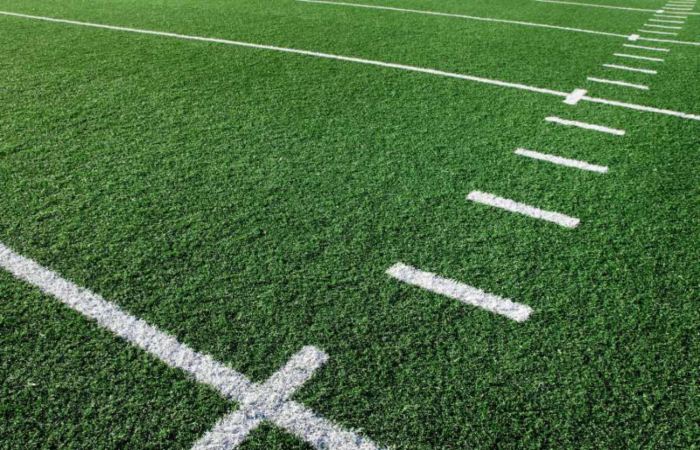Types of Artificial Turf for Sports Fields
Introduction

Artificial turf is a technology that has utterly transformed our perception and utilization of sports fields and other outdoor surfaces. No longer are we constrained by the limitations of natural grass-be it mud, unevenness, or wear and tear. Today, a number of options are available, each tailored to specific needs and applications. In this article, we’ll provide you with an understanding of the wide-ranging types of artificial turf out there, from sports-specific turfs like polyethylene and polypropylene to the more traditional Astroturf®, and even modern innovations like hybrid systems. Whether you’re in charge of a school’s athletic facilities, a homeowner considering a yard makeover, or an athlete yourself, we aim to equip you with the insights you need to make an informed choice.
Traditional Astroturf
Originally branded as Chemlawn, the product was first installed in a schoolyard in Rhode Island, in an effort to provide green space for youngsters to play on. The name was changed to Astroturf® after it was installed in the Astrodome in Houston, Texas. That name has often been used to describe all kinds of artificial grass, but it’s actually a brand name. It resembles a carpet like surface and is less soft compared to newer forms. While it’s been largely phased out for sports because of its hardness, it’s still used for aesthetic purposes.
Polyethylene Sports Turf
Polyethylene turf is the most popular type of sports turf. It’s softer, more natural looking, and safer than traditional Astroturf. This synthetic turf is often used for football, soccer, and baseball fields due to its durability and natural feel. Players find it comfortable to play on, which reduces the risk of injuries.
Polypropylene Turf
Polypropylene turf is less common for sports fields but is used in putting greens and some multi-purpose fields. It’s more affordable than polyethylene but not as durable. It’s shorter fibers give it a more carpet like feel, which may not be as comfortable for high impact sports like soccer or football.
Nylon Turf
Nylon turf is the most durable artificial turf and is also the most expensive. This synthetic turf can endure high temperatures and heavy foot traffic, making it suitable for indoor arenas. However, its stiffness makes it less suitable for fields where sports like soccer, where slide tackling is common.
Hybrid Systems
Some fields use a hybrid turf system that combines natural grass with synthetic fibers. The idea is to offer a surface that has the natural feel of grass but is reinforced by artificial fibers for extra durability. This type of turf is often used in professional football and rugby fields.
Infill Versus Non-Infill Systems
Infill turf systems use sand, rubber, or a mixture of the two as a base to give the turf more cushion and stability. These types are more common for contact sports where cushioning is important. Non-infill systems, on the other hand, don’t require any infill material, making them easier to install and maintain, but less cushioned.
Pile Height and Density
Pile height refers to the length of the synthetic fibers, while density indicates how closely these fibers are packed. A higher pile and greater density generally means a softer surface, but also comes at a higher cost. Different sports may require specific pile heights and densities for optimal play.
Climate Considerations
Some types of turf are better suited for certain climates. For example, some synthetic turf is designed to drain quickly, making it ideal for rainy climates. Others are more resistant to UV rays, making them suitable for areas with intense sunlight.
Summary
When choosing a type of turf for a sports field, consider the specific requirements of the sport, the climate, and your budget. Whether you opt for a traditional Astroturf or a more modern synthetic turf system, make sure it meets the safety and performance standards necessary for optimal play. With the right turf, players can focus on the game, secure in the knowledge that the surface beneath them is of the highest quality.
Where to Go for Expert Advice
With over 20 years of experience, Las Vegas Artificial Lawns is the trusted artificial grass installer in the Las Vegas, North Las Vegas, Spring Valley, Paradise, and Henderson areas. Using the latest in technological advances, our expert team ensures a seamless process by assisting customers in selecting and installing the right system for their specific needs. Whether you are just in the process of planning or are ready to install a new lawn right away, the professionals here at Las Vegas Artificial Lawns want to help you create a luxurious new landscaped oasis!
If you’d like more information about the products and services we offer, contact us via our website, or give us a call us for a free design consultation at 702-389-7276.
